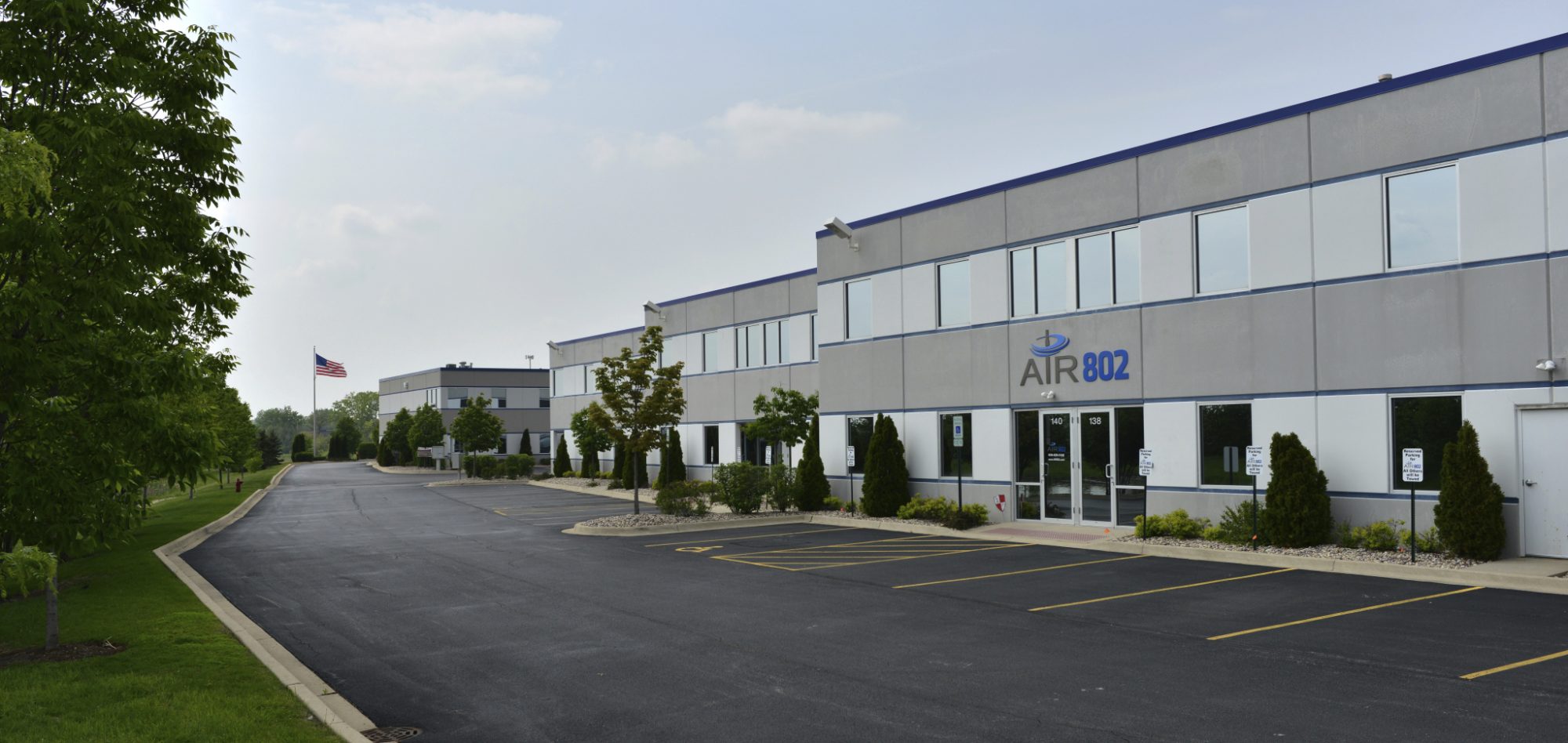Dual band antennas have lots of practical uses, especially for mobile devices. These antennas operate on two bands or frequencies (similar to radio stations) and can either work on these different frequencies one at a time or simultaneously, depending on the capabilities of the individual antenna.
The biggest advantage to dual band antennas is their ability to provide a strong, stable wireless connection in often difficult to reach locations. For this reason they are often used in devices such as cellular or dual band wireless access points. The two most common frequencies used in these antennas are 2.4 GHz (802.11g/N) and 5.1 GHz (802.11a/N). These two “channels” have differences in terms of their abilities. The 5.1 GHz option has the higher frequency and subsequently, a smaller range. However, this higher frequency also allows the 5.1 GHz antenna to handle more information at any one time. The 2.4 GHz option inversely has a lower frequency; allowing the antenna to cover greater distances as well as penetrate surfaces more efficiently.
These factors lead to the conclusion the the 2.4 GHz option is superior for not only establishing a good, strong connection indoor where many surfaces and walls act as barriers to fully covering large ground plans, but maintaining these connections as well. Selecting the proper antenna can be very important for this reason. Some dual band antennas can use both frequencies at once. While others can switch between the two frequencies depending on which option provides a stronger connection in the given area.
Common household appliances also work these channels as well however. This can interfere with the connectivity of other technology within a home or office sometimes. However, that can occur in almost any situation where there are multiple devices operating at once. For many devices, dual band antennas are a stable, easy way to connect to the things you may need.


